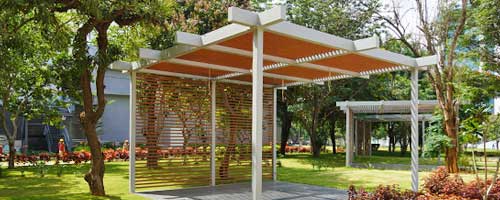





The artistic aspect of landscape architecture involves the creative elements of design and aesthetics. Landscape architects employ principles of design to shape spaces that resonate with people emotionally and culturally. This includes:

Crafting harmonious arrangements of plants, structures, and open areas to create attractive landscapes.

Selecting plant species and materials that provide visual interest through color, form, and texture throughout different seasons.

Reflecting local heritage, traditions, and values in landscape designs, creating spaces that tell stories and foster community identity.
The science of landscape architecture encompasses environmental and technical knowledge necessary for sustainability and ecological health. Key scientific considerations include:

Understanding ecosystems, native species, and habitats to promote biodiversity and ecosystem services within designed landscapes.

Implementing drainage solutions, irrigation systems, and erosion control to manage water resources effectively and maintain soil health.

Employing sustainable design strategies such as green roofs, permeable pavements, and low-impact development techniques to minimize environmental impact and enhance resilience.


